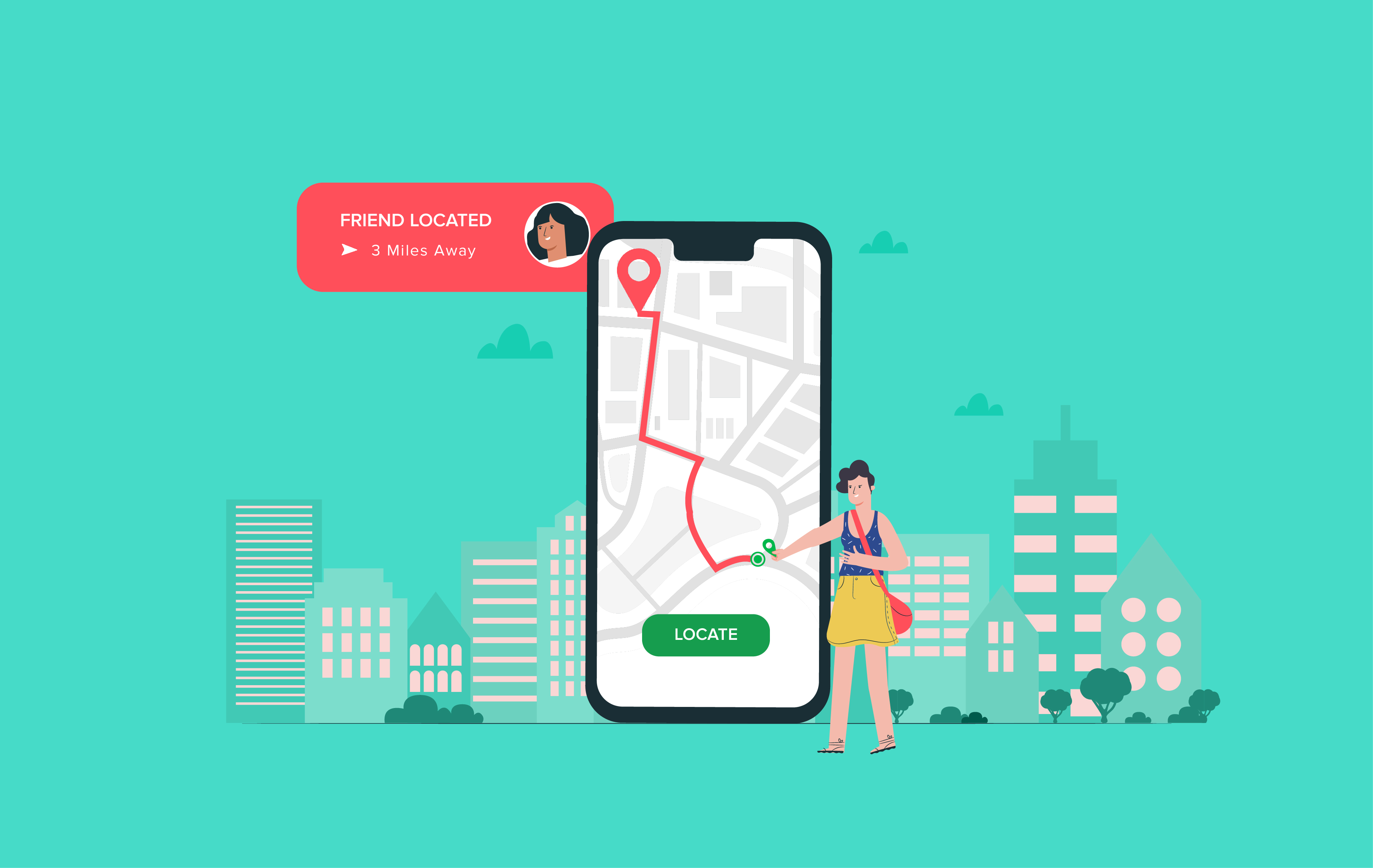adidas Runtastic: adidas Running & adidas Training apps
At the most basic level, we are compiling a list of automated contact tracing apps that are backed by national governments. For each one we find, there are basic questions to answer: Who is producing it? Is it released yet? Where will it be available, and on what platforms?
What technologies does it use? And then, over time, we will also understand more about how each of these services works in practice, such as how many people have downloaded it and what level of penetration it has achieved. But then there are more complicated issues.
- Gps Tracker for Android 2 2!
- Top 14 Time Tracking Apps To Download in - ProofHub.
- How do these ‘apps’ work?;
- Cell Phone Monitoring application Can Inspect Multimedia Content!
- Time Tracking Software.
- 5 best time tracking apps of | Zapier?
- There Is a Secretly Way to Access on Multimedia Content Remotely.
Is it mandatory? How private is the app? How transparent are the makers about their work? To capture this information, guided by principles put forward by the American Civil Liberties Union and others, we asked five questions. For each question, if we can answer yes , the app gets a star. If we cannot answer yes—either because the answer is negative or because it is unknown—the rating is left blank.
COVID-19 Phone Tracking Apps: This Is What Millions Of New Users Need To Know
In addition, we say something about the basic technology underlying the app. First, we are focused on automated contact tracing apps that the public is already using or will use in the near future. Our initial search found more than of these preliminary efforts, but many have no have clear pathway to being used by the public.
As projects evolve into real products, we will add them to our list. Keeping eyes on all this information is going to require constant effort—the facts continue to evolve, the numbers change, and policies may or may not be adhered to.
A flood of coronavirus apps are tracking us. Now it’s time to keep track of them.
We may discover that what happens in theory is different from what happens in practice, or that what was promised does not end up being delivered. The most accessible version of the database exists on the page you are reading right now, and on Flourish , a data visualization service.
A public version of the underlying data is kept in this read-only spreadsheet , which we update once a day at 6 p. US Eastern Time. If you have an update, correction, or addition to the tracker, please email the relevant information to us at CTT technologyreview. That database is essentially a national level surveillance scheme, and no-one likes the sound of that.
- Need Some Help Reaching Your Goals? Try These 5 Habit-Tracking Apps.
- Temperature reading.
- New phone Tracking Software Smartphone.
- What's New!
- 42 Best Workout Apps: Fitness, Food Trackers, and More.
- Best Ways to Scan Messages Online;
- Spy wifes Facebook Remotely Without Her Knowing.
Cue Apple and Google. The tech giants would solve the technical challenges, probably, introducing an OS-level framework on which all these national apps could operate. But these benefits would come at a price. Privacy would come first. Even storing location data would be banned.
Differences in Eastern and Western countries
In an instant, the central versus de-central debate was over. And, as seen in the U. Even its more privacy-invasive model had failed, forcing it to introduce additional measures to identify which citizens visited which locations at which times.

But elsewhere, the privacy-first approach had won out. As the U. The U. Not enough of us will install the apps, and, even if we do, we will not comply with instructions to get tested or self-isolate unless mandated to do so. An opt-in, anonymized platform cannot enforce or even reliably measure. Quietly, though, one country has been revisiting that initial debate—forget apps, forget Apple and Google laying down rules: Should a country make use of network tracking technologies that can operate across the board.
The irony, though, is that in the few short weeks it was active, this network tracking approach proved very effective in tracing infections. And so, unsurprisingly, Israel has revisited its decision to turn off the capability. These are not always-on. Instead, when there are spikes or areas of high infection, the capability can be switched on to accelerate contact tracing and apply downward pressure. And so, as the rest of the world begins to install those privacy-first, opt-in, non-mandatory apps, bear in mind the experience from Singapore and Israel, which suggests we are on the wrong path.
It will take months to assess the efficacy and compliance metrics of such apps, and the danger is that it will only be if and when we see a large-scale second wave next winter that we will know for sure. But the danger is that we are about to learn a costly lesson. Meanwhile, the challenge for governments to calm privacy concerns was perfectly illustrated by the viral social media buzz claiming Apple and Google had secretly installed tracking apps on all our phones.
The tech giants had done nothing of the sort, of course, it was merely an enabling framework to support any apps we choose to install. But the point was clear. You can design a tracking program to fight the virus or to safeguard individual privacy concerns. Zak is a widely recognized expert on surveillance and cyber, as well as the security and privacy risks associated with big tech, social media, IoT and smartphone.